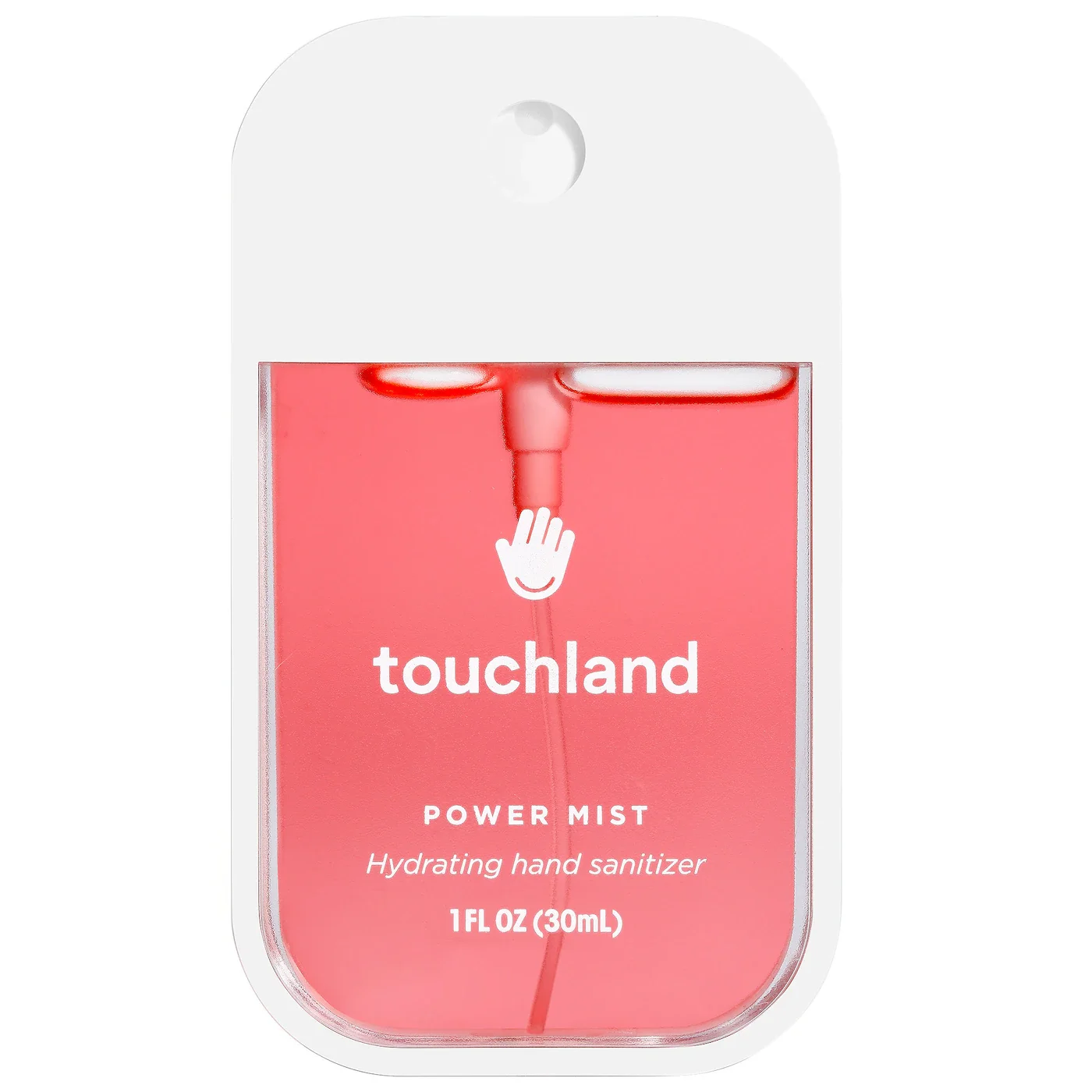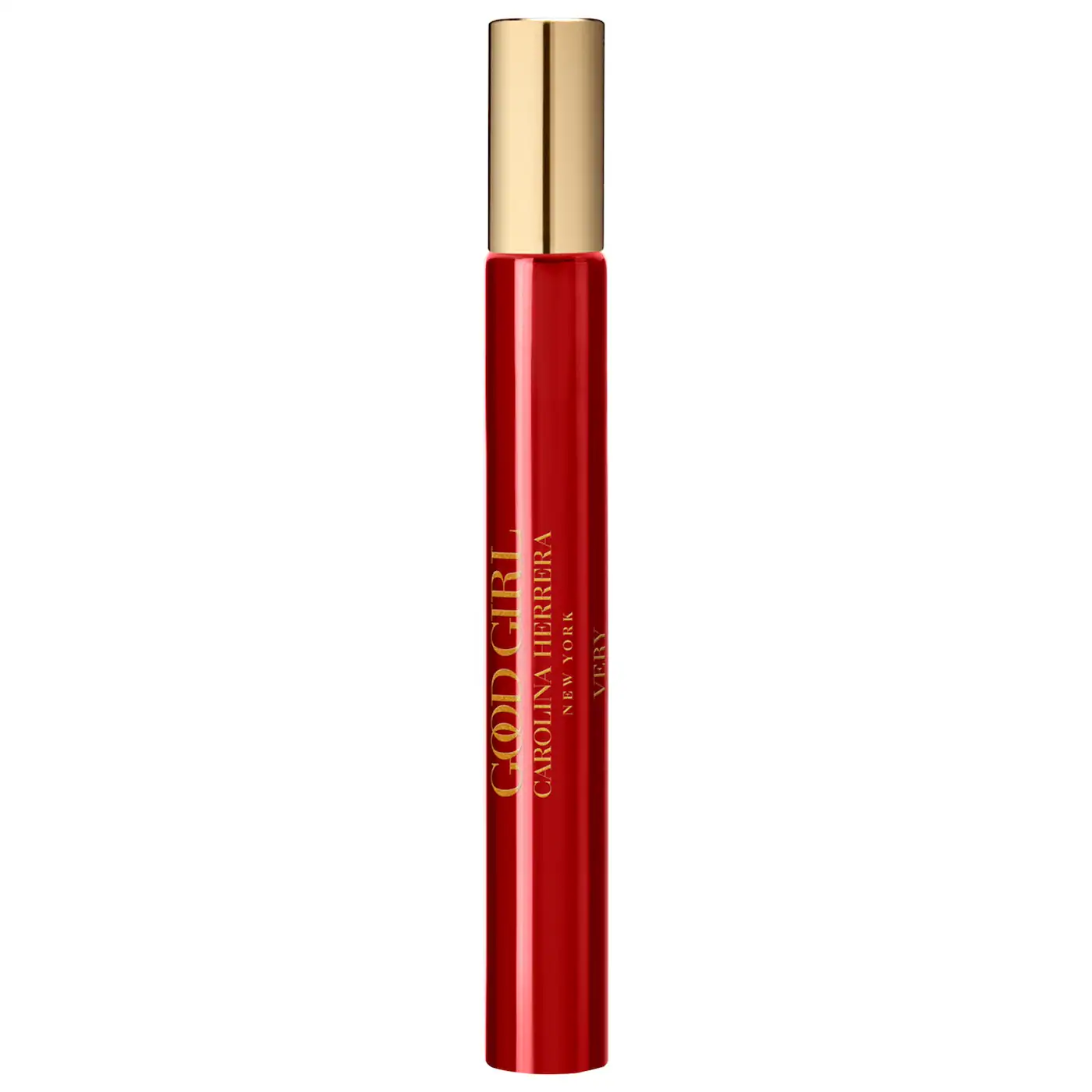
Autumn’s reign is nigh. In other words, for many, it’s time to trade in protective styles for silk presses and billowy blowouts.
But, if you fall into the underrepresented camp of year-long braid wearers, then you know with winter often comes dryness, especially on the superficial epidermis of the scalp. Not only that, the use of artificial fibers, often found in synthetic braiding hairs, can compound the scalp irritation that comes with the cooler months.
Those dealing with scalp conditions such as psoriasis, folliculitis, or seborrheic dermatitis may experience worsened irritation and visible flakiness that, beyond being visually distracting, can be quite uncomfortable.
However, none of this means that knotless braids need to be banished to the far-off lands of irredeemable hair heaven. It just means a more strategic approach is warranted. After all, research and prep work are often the antidotes to any number of Black hair mishaps, and weather-enduring braids are no different.
So, if you aren’t ready to hang up your braids just yet, and want to know how to mitigate scalp irritation exacerbated by cooler temperatures, read on.
What causes irritation with synthetic hair and the scalp?
As is the case with any hair-related quandary, it’s best to first get to the root of the issue.
“Synthetic hairs are mixed with a lot of chemicals, such as lyes and different dyes, and because of all of these potential allergens, that’s what’s causing the scalp irritation,” says Dr. Naana Boakye—a board-certified dermatologist based in New Jersey—who prioritizes a holistic approach to skin concerns. “I call myself a lifestyle dermatologist, because I really do feel that lifestyle impacts your skin, hair and nails,” Dr. Boakye tells ESSENCE.
Explore your hair options
Over the years, synthetic hair has become the default for extension braid styles. It’s affordable and readily available—the perfect combination for convenient, protective ‘dos. But it is not the only option.
Of course, there is the option to use human hair, which is probably the safest for those with extremely sensitive scalps. However, this route can be expensive. Recently, though, premium braiding hairs have been stirring up traction. Brands like SLAYYY offer treated kanekalon braiding hair that has been stripped of harmful irritants.
If you still want to make it work with traditional synthetic braiding hair, Dr. Boakye suggests prepping the extension hair first. “Whenever you are going to use synthetic hairs, the consideration would be to really wash those hairs really well prior to use, just to eliminate some of the potential allergens that are mixed with the hairs.”
Keep an eye out for underlying scalp conditions
Flaky scalps often get overlooked as par for the course when it comes to braid styles, but there are a host of underlying conditions that could be compounding these effects.
Psoriasis of the scalp is an autoimmune disorder and can require actual medication to treat.
Other common conditions include seborrheic dermatitis, tinea capitis, and alopecia.
“So, number one, you have to control that condition because that condition is already inflammatory. It’s already irritated. So adding synthetic hair that already has all these allergens to an irritated scalp, it’s just going to explode,” says Dr.Boakye.
If you struggle with what looks like dandruff, excessive flaking, or even peeling, setting up an appointment with a dermatologist is the first step, as there may be underlying conditions that need to be addressed.
Stay the course
The prep work is only half the battle when it comes to maintaining scalp health with braids but mitigating irritation is a continuous process.
“Now, what I find in my practice is that a lot of people tend not to wash their hair when they have their synthetic braids in because they feel like, ‘Oh, this is a protective style. I don’t need to wash my hair so I haven’t washed my hair in two months,'” says Dr.Boakye, who explains that this can compromise the integrity of your scalp.
“It’s really imperative that you maintain a healthy scalp in order for your hair to stay protective.
Your scalp needs to stay clean in order for your hair to grow. So, I recommend at least washing your hair, even if you don’t have synthetic braids, once a week. When you have synthetic braids, definitely once a week. You could even do it twice a week just to maintain the health of your scalp,” says Dr. Boakye.
Sensitive scalp-friendly braiding essentials

















